For time purpose.
Is there a faster way to approach this question?
I went in order to plug in the letters in indicated rank to determine if that was the necessary to find ranking for all of the crews.
I have the diagram:
R\-S-H
more productive F-G-T least productive
("\" indicates R is more productive than T)
LSAT Forum
8 postsPage 1 of 1
-

- timmydoeslsat
-
Thanks Received: 887
-
Atticus Finch

- Posts: 1136
- Joined: June 20th, 2011
- This post thanked 3 times.

- Most Thanked

- First Responder
Re: Q16
These types of questions involve us going through the answer choices one by one.
The way to accelerate through these questions is by recognizing that only one answer is going to fill out a game sequence for us. If it is not there, do not waste time to force the issue that will not work.
I will take you through my thought process of this question.
First, my diagram:
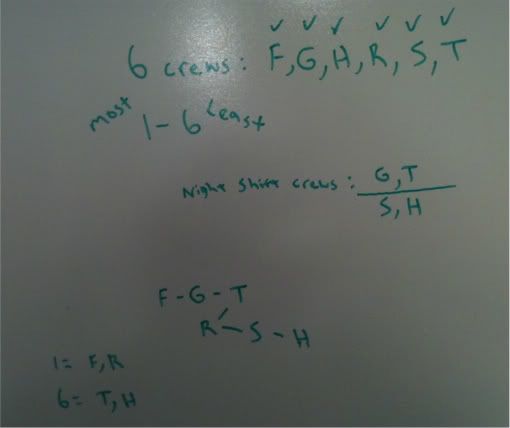
When it comes to sequencing games that do not have conditional statements riddled in them, I always include in my diagram two statements. Who can be first? Who can be last?
You will often find a question in the games section that will key on this idea, and you can answer this question in literally 3 seconds. It is worth the consideration.
Question #16
I plug in F into slot 2. I know that R must be in slot 1 then. All the other variables are either after F or before R.
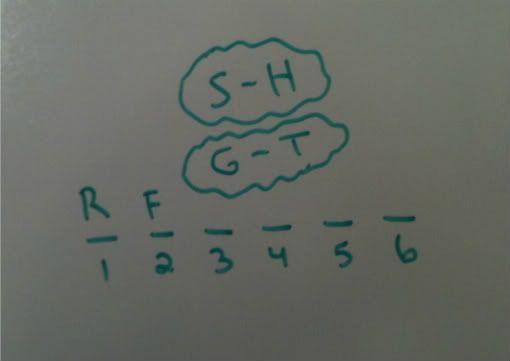
As you can see though, after that inference, we are left with those two sequencing rules. And we can fill this out in more than one way.
Choice B has G in the fifth slot. I know that T must be 6th, but that is it!
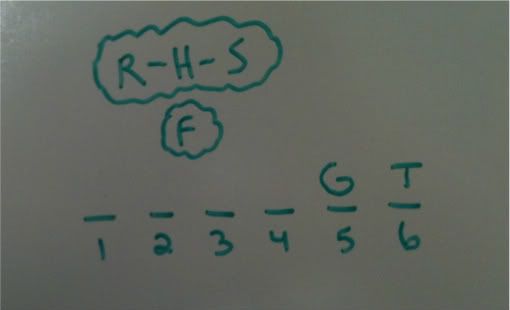
F is free to roam at this point because F's rules have been met. F can be 1, 2, 3, of 4. More than one way to do this obviously.
Choice C has H going third. We know that two variables must come before H, and with H being third, those variables must fill those two slots, R being first and S being second.
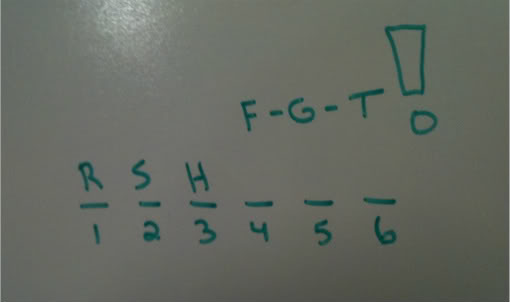
Notice that three variables are left, F,G,T. And we have an exact rule sequence for that, F-G-T. Our order is complete. No need to even look at the other choices.
The way to accelerate through these questions is by recognizing that only one answer is going to fill out a game sequence for us. If it is not there, do not waste time to force the issue that will not work.
I will take you through my thought process of this question.
First, my diagram:

When it comes to sequencing games that do not have conditional statements riddled in them, I always include in my diagram two statements. Who can be first? Who can be last?
You will often find a question in the games section that will key on this idea, and you can answer this question in literally 3 seconds. It is worth the consideration.
Question #16
I plug in F into slot 2. I know that R must be in slot 1 then. All the other variables are either after F or before R.

As you can see though, after that inference, we are left with those two sequencing rules. And we can fill this out in more than one way.
Choice B has G in the fifth slot. I know that T must be 6th, but that is it!

F is free to roam at this point because F's rules have been met. F can be 1, 2, 3, of 4. More than one way to do this obviously.
Choice C has H going third. We know that two variables must come before H, and with H being third, those variables must fill those two slots, R being first and S being second.

Notice that three variables are left, F,G,T. And we have an exact rule sequence for that, F-G-T. Our order is complete. No need to even look at the other choices.
-

- jcarloserna
-
Thanks Received: 0
- Forum Guests
- Posts: 4
- Joined: November 12th, 2012
Re: Q16
Thank you...i got all of the answers correct except for 16, and your explanation helped loads!!
-

- ManhattanPrepLSAT1
-
Thanks Received: 1909
-
Atticus Finch

- Posts: 2851
- Joined: October 07th, 2009
Re: Q16
bismilla Wrote:Can someone please explain why A is not the correct answer? I get RFGTSH what is wrong with this order? I've been wracking my brain and can't find where I made a mistake.
My suspicion is that your diagram is off. Here is ours:
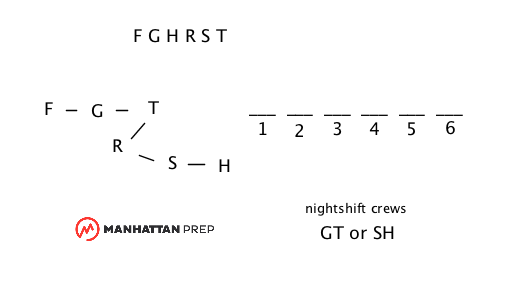
Answer choice (A) only determines positions 1 and 2.
R F __ __ __ __
Positions 3-6 are flexible so long as G - T and S - H. Here some options that all work:
R F G T S H
R F S H G T
R F G S T H
R F G S H T
R F S G T H
While we do not have two independent strings, this Tree is not far from it. If we did have two independent strings, on a question like this we'd want an answer choice that determines that the last element in one string precedes the first element in the other. In this case, we want an answer that determines that H precedes F. If H is the 3rd most productive, then R and S are 1st and 2nd respectively, and then we also know that F, G, and T are 4th, 5th, and 6th respectively.
__ __ H __ __ __
Since R - S - H we know:
R S H __ __ __
And since F - G - T we know:
R S H F G T
All that work aside, this one is probably best approached by jumping into the answer choices if you don't have a suspicion of what would be helpful.
-

- OliviaB660
-
Thanks Received: 0
-
Vinny Gambini

- Posts: 7
- Joined: July 28th, 2020
Re: Q16
AnnaT620 Wrote:Why is D not the correct answer here? I had the filled in slots as: F G R T S H. Why is that incorrect?
Understand that the best method for these types of conditional questions is to plug and chug?
Many thanks!
Anna
I have the same question. I don't understand how D doesn't work - if you put R in the third slot, then the rest of the order is completely determined.
-

- Misti Duvall
-
Thanks Received: 13
-
Atticus Finch

- Posts: 191
- Joined: June 23rd, 2016
Re: Q16
The problem with R in the third spot is what comes after it. You're right that spots 1 and 2 are determined: it has to be F in 1 and G in 2.
But what comes after R is S -- H and T. Since there's no relationship between S and T (they just both have to come after R), the order could be T S H or S T H or S H T. So we can eliminate answer choice (D).
But what comes after R is S -- H and T. Since there's no relationship between S and T (they just both have to come after R), the order could be T S H or S T H or S H T. So we can eliminate answer choice (D).
LSAT Instructor | Manhattan Prep
8 posts Page 1 of 1
